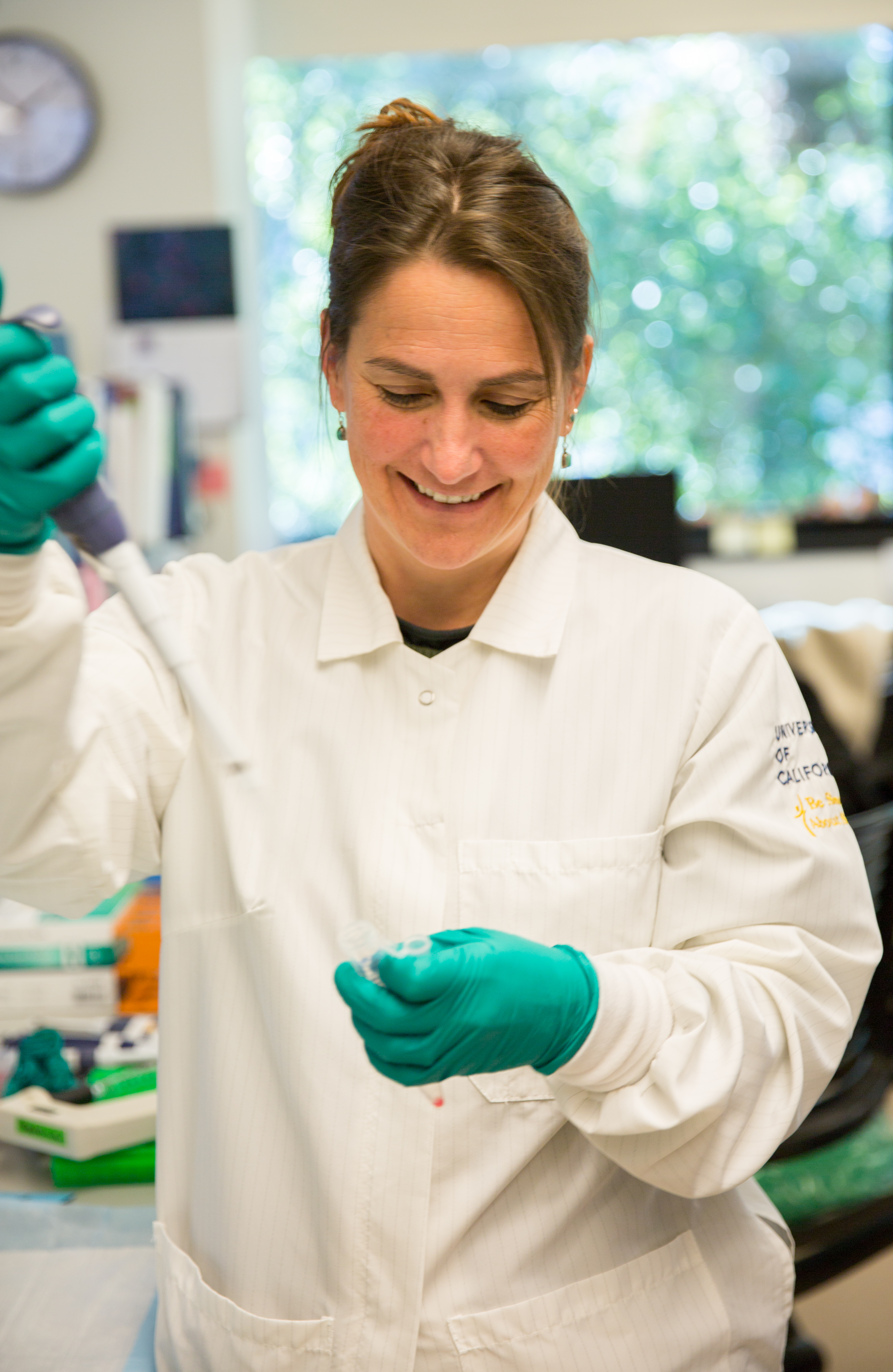Boosting blood cells

Approved in 1998, the drug sildenafil citrate—better known as Viagra—offered men with erectile dysfunction a welcome alternative to the invasive solutions then available for their non–life-threatening but life-altering condition. As urban legend has it, Viagra’s developers initially tested it as a drug to lower blood pressure and were surprised by its notable side effect. The rest is history.
Now, researchers led by professor of biomolecular engineering Camilla Forsberg have found another potential use for the infamous “little blue pill.” Recently published in Stem Cell Reports (October 2019), their work showed that the drug enhanced the effect of the immunostimulant plerixafor, boosting the blood stem cell mobilization (movement from bone marrow to bloodstream) critical to the high-risk transplants used to treat—and potentially cure—patients with blood-based cancers and other immune-based disorders. Extracted from donors or patients themselves, the mobilized stem cells are “transplanted” into the patient to reconstitute their blood after a course of high-dose chemotherapy and/or radiation kills off both normal and malignant cells.
The results suggest that the new combination may provide a more rapid and effective means of collecting stem cells than older, often unsuccessful methods needing multiple injections over several days. “We try to provide paradigms for clinicians to work with,” said Forsberg, whose wide-ranging research focuses on the molecular biology of hematopoietic stem cells. “The lab is where we can do new and crazy things and make discoveries.”

